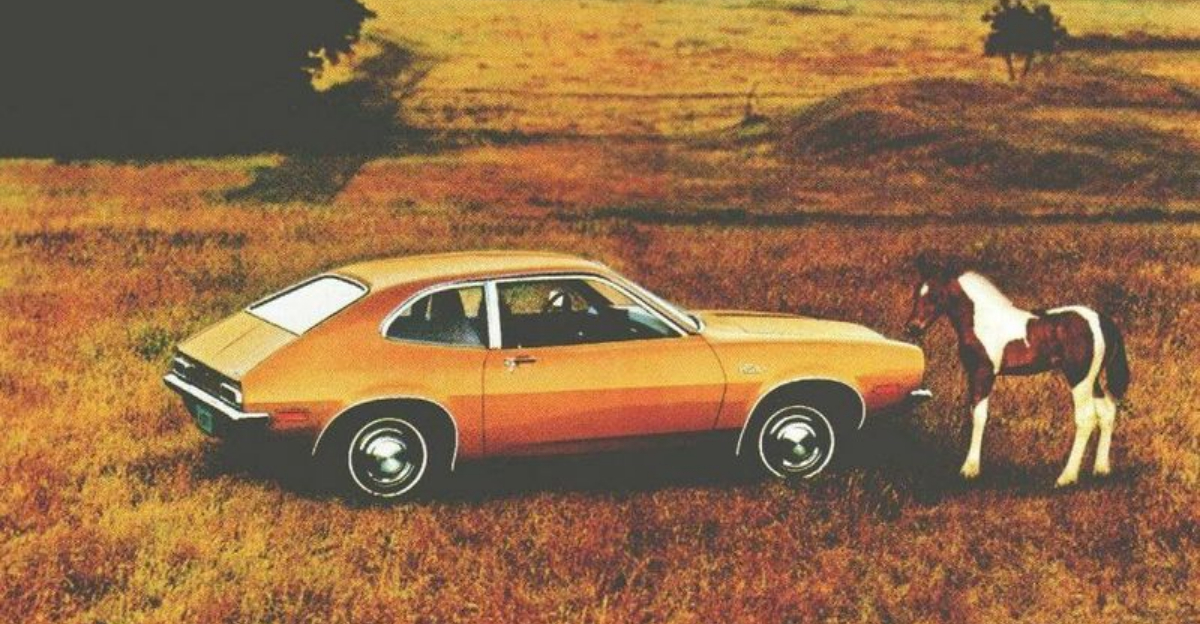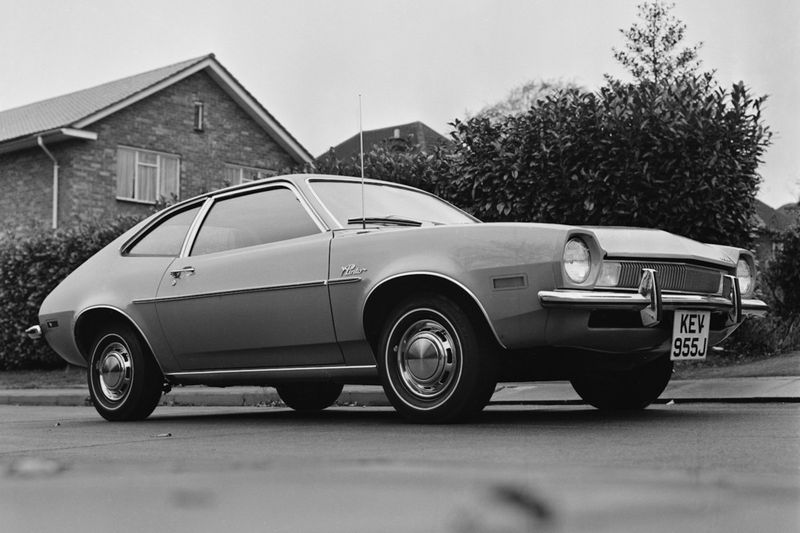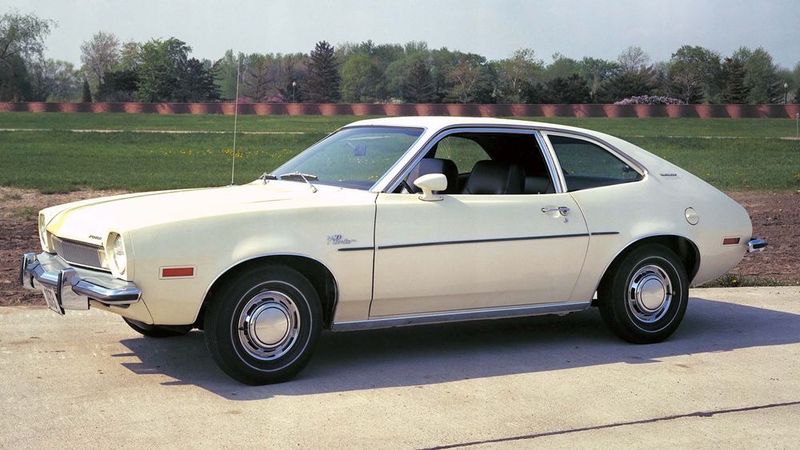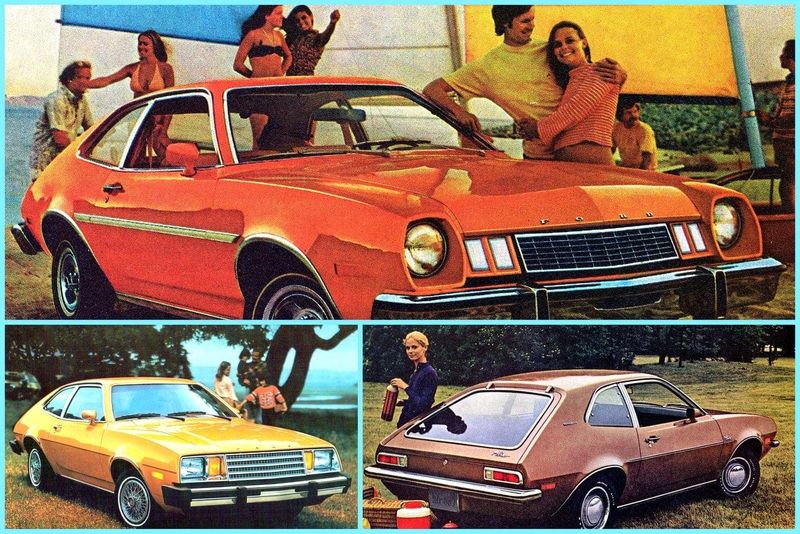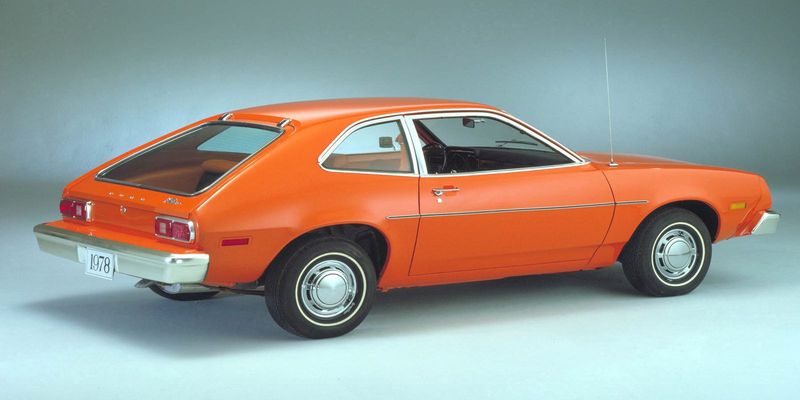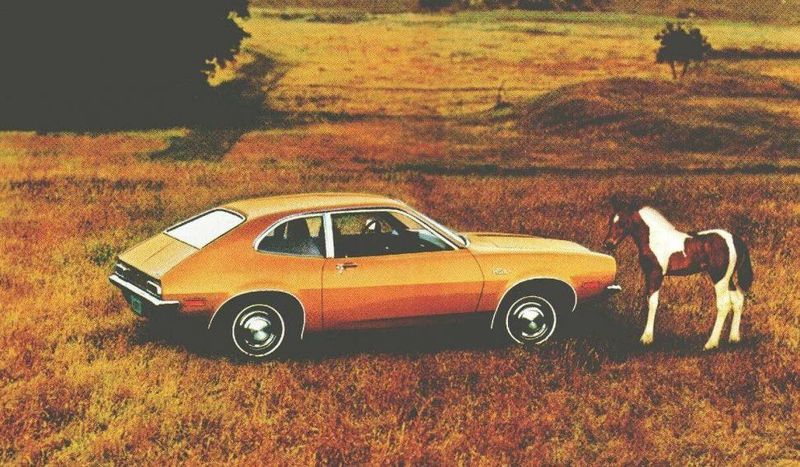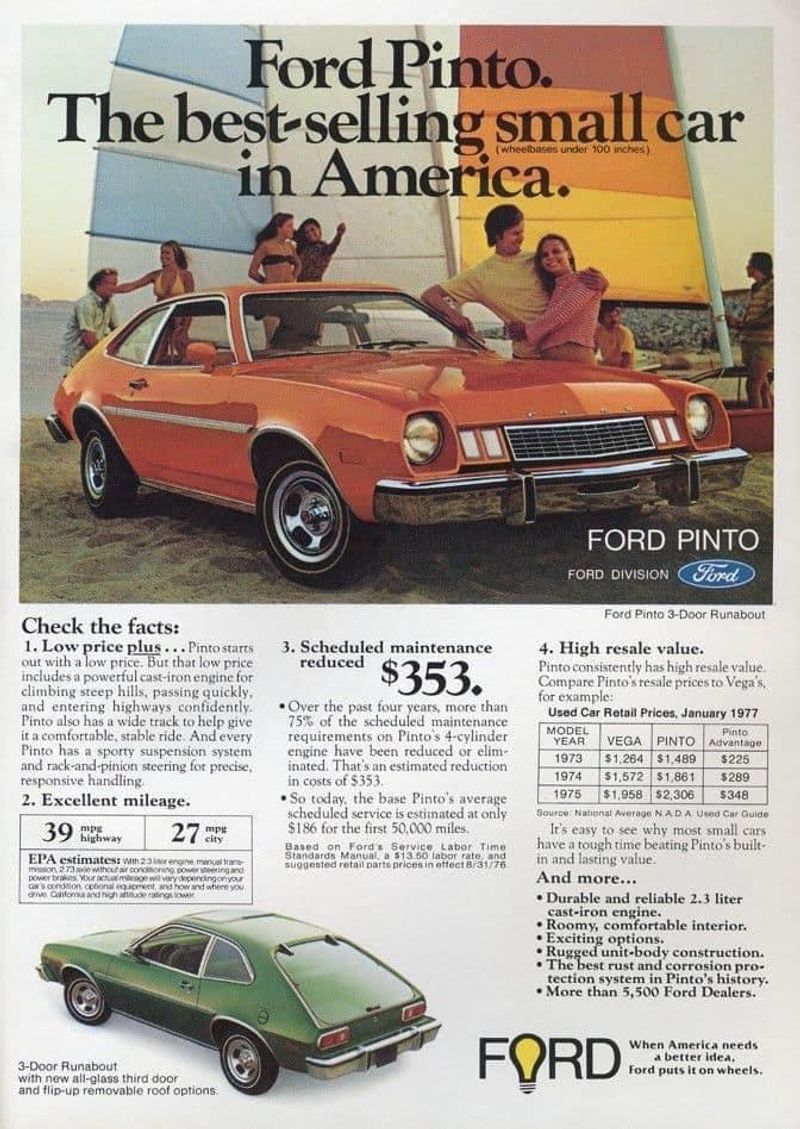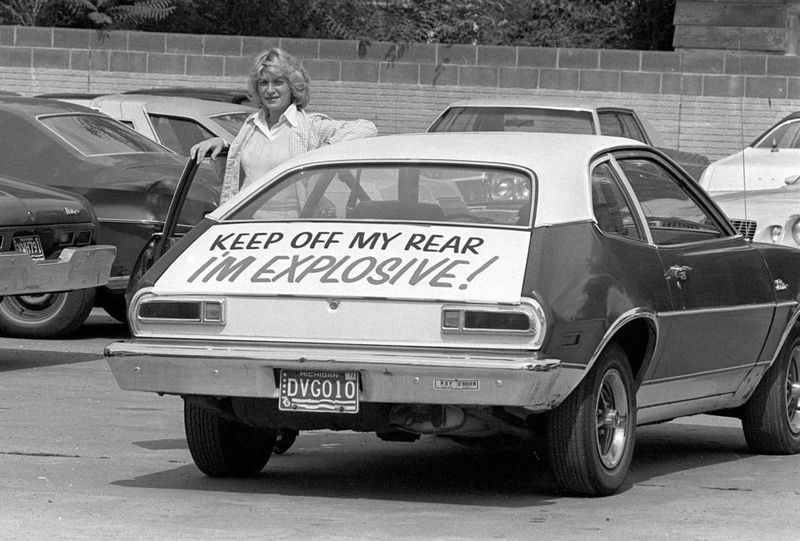Explore the mixed legacy of the Ford Pinto, a vehicle that grabbed attention for both its affordability and controversial safety record. While it made waves for its budget-friendly appeal during a time of economic hardship, it also left a lasting impact due to its infamous design flaw. Let’s delve into the multifaceted reputation of this iconic car, capturing the reasons behind its success and the shadow cast by its shortcomings.
1. It Was Dirt Cheap
In the 1970s, owning a car seemed like a distant dream for many Americans, struggling with the economic pinch. Enter the Ford Pinto, a game-changer in its affordability. With a base price snugly under $2,000, it opened doors for thousands, offering the independence of car ownership without emptying pockets. It became a symbol of hope during the gas crisis, enabling people to navigate through tough times. The Pinto’s budget-friendly nature not only appealed to first-time buyers but also to families looking for a reliable second car for running errands and daily commutes.
2. It Hit the Market Fast
The Ford Pinto’s rapid development was nothing short of a corporate sprint. Ford managed to get it from concept to showroom floors in just 25 months, a speed that was almost unheard of. This allowed Ford to nip at the heels of impending Japanese imports, seizing early market share with a homegrown alternative. The swift entry not only captured consumer interest but also set a new benchmark for automotive development. It was a bold move that demonstrated Ford’s commitment to innovation and agility, creating a buzz in the automotive industry.
3. Compact Size, Big Appeal
Urban dwellers, rejoice! The Ford Pinto’s compact size was a boon for city drivers. At just over 160 inches long, it was the ultimate solution for tight parking spots and crowded streets. Navigating bustling urban landscapes became a breeze, thanks to its nimble design, which offered ease without compromising on style. It quickly became the darling of city drivers who yearned for a car that fit their fast-paced lifestyle. Its size also made it a perfect fit for first-time drivers, offering a manageable yet stylish introduction to car ownership.
4. It Looked Good for Its Class
Who says economy cars can’t be stylish? The Ford Pinto stood out with its sporty, clean lines that defied its budget-car label. It wasn’t just a car; it was a statement. Amidst the boxy designs of the era, the Pinto’s sleek profile and vibrant color options caught the eye. This design ethos made it appealing not only to budget-conscious buyers but also to those who wanted a touch of flair without breaking the bank. Its appearance helped redefine what economical cars could look like, adding a dash of excitement to a mundane category.
5. It Was Surprisingly Roomy Inside
Looks can be deceiving, and the Ford Pinto proved just that. Despite its subcompact classification, it offered a surprisingly roomy interior, comfortably seating four adults. This was a delightful revelation for those expecting cramped conditions. The cabin was designed thoughtfully, with an efficient layout that maximized space and comfort. It was perfect for small families or a group of friends on a road trip. The Pinto showed that you didn’t have to sacrifice roominess for affordability, making it an attractive option for those wanting space on a budget.
6. Fuel Efficiency Was a Selling Point
During the oil crisis of the 1970s, gas-guzzling vehicles were a financial burden. The Ford Pinto, however, offered a refreshing change with its impressive fuel efficiency. Delivering around 25 miles per gallon, it was a breath of fresh air for drivers who needed to keep fuel costs down. This aspect of the Pinto was particularly appealing during a time when every drop of fuel counted. It catered to the needs of consumers looking for economic relief at the pump, solidifying its place as a practical choice in challenging economic conditions.
7. It Had Ford’s Name Behind It
The Ford Pinto carried with it the legacy and trust associated with the Ford name. In an era when brand loyalty was crucial, having Ford’s emblem on the Pinto’s grille provided consumers with a sense of security. It was like a badge of honor, reflecting the company’s longstanding reputation for quality and reliability. This trust helped the Pinto outsell competitors, especially those from lesser-known foreign automakers, as buyers sought the reassurance of a familiar brand. The Ford name played a pivotal role in bolstering the Pinto’s appeal and market presence.
8. It Came in Multiple Styles
Variety is the spice of life, and the Ford Pinto delivered just that with its multiple style options. Buyers had the luxury of choosing between a two-door sedan, a hatchback, or a station wagon. This versatility meant there was a Pinto for everyone, catering to diverse needs and preferences. Whether you needed a practical family car or a zippy city runner, the Pinto’s range of styles had you covered. This adaptability made it a popular choice among a wide audience, each finding a version that perfectly fit their lifestyle and requirements.
9. It Was Easy to Repair
For DIY enthusiasts and budget-conscious owners, the Ford Pinto was a dream. Its simple mechanics and the widespread availability of parts made repairs a hassle-free experience. Owners could often fix issues themselves, saving on costly mechanic fees. This ease of maintenance was a significant selling point, especially for those who enjoyed hands-on car care. The Pinto empowered its owners with the confidence to tackle repairs, making car ownership less intimidating. It was more than just a car; it was a learning tool for budding mechanics and a reliable companion on the road.
10. Aggressive Advertising Paid Off
Ford’s marketing strategy for the Pinto was as aggressive as it was effective. The car was branded as a ‘little carefree car,’ resonating with young drivers and first-time buyers. Advertisements painted a picture of freedom and youthful exuberance, tapping into the desires of a new generation eager for independence. This marketing campaign not only boosted sales but also etched the Pinto into the cultural fabric of the 1970s. The imagery of carefree driving adventures appealed to a sense of adventure and possibility, helping the Pinto connect emotionally with its audience.
11. It Could Explode in a Rear-End Collision
The Ford Pinto’s legacy took a dark turn due to its infamous design flaw. The placement of the gas tank made it vulnerable in rear-end collisions, leading to catastrophic fires. This safety hazard was later uncovered to be known by Ford, but cost concerns overrode safety revisions. The resulting lawsuits and media frenzy turned public sentiment against the car, tarnishing its reputation. This unfortunate aspect of the Pinto’s history serves as a stark reminder of the potential consequences when corporate cost-cutting takes precedence over consumer safety.
